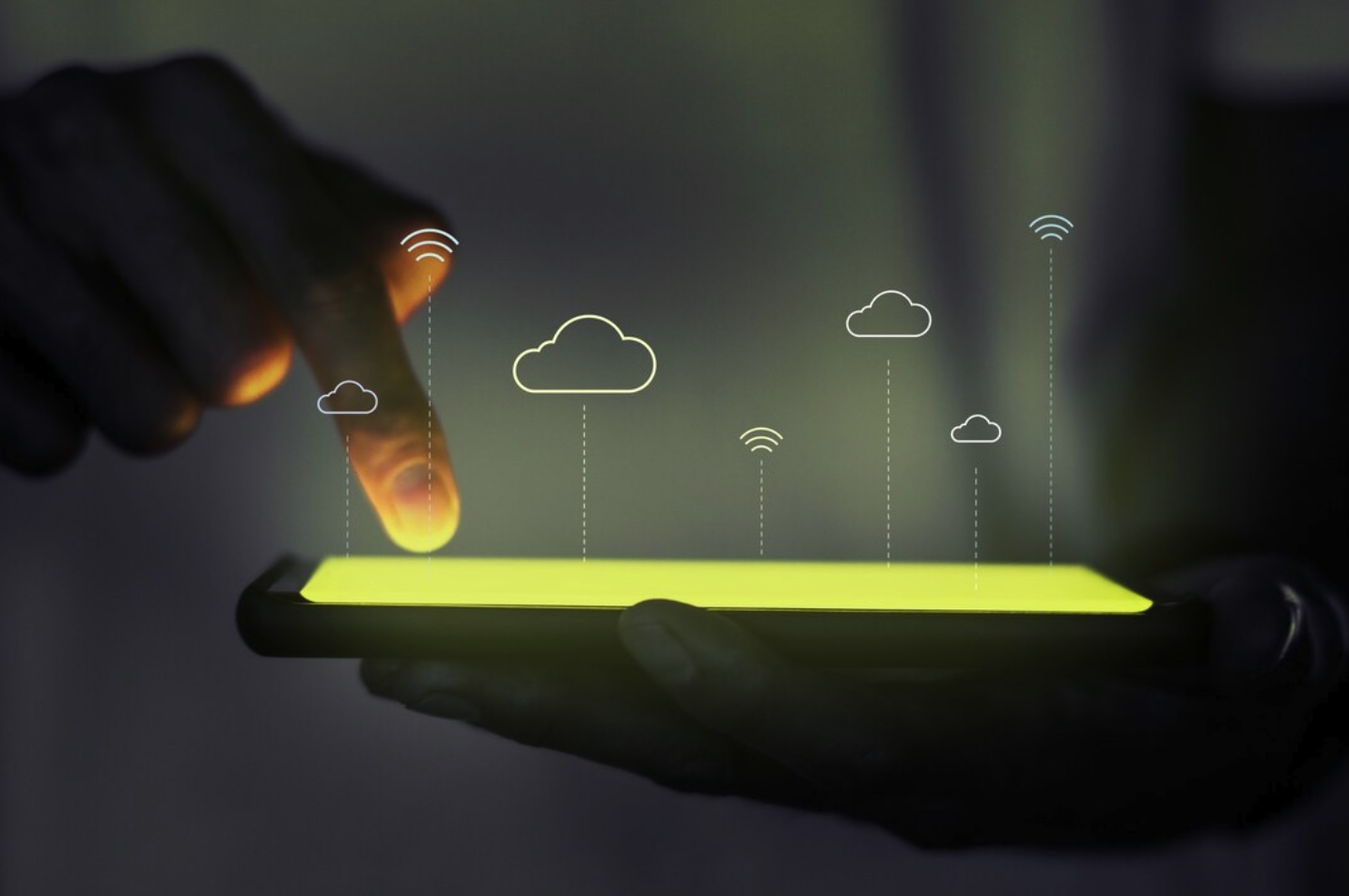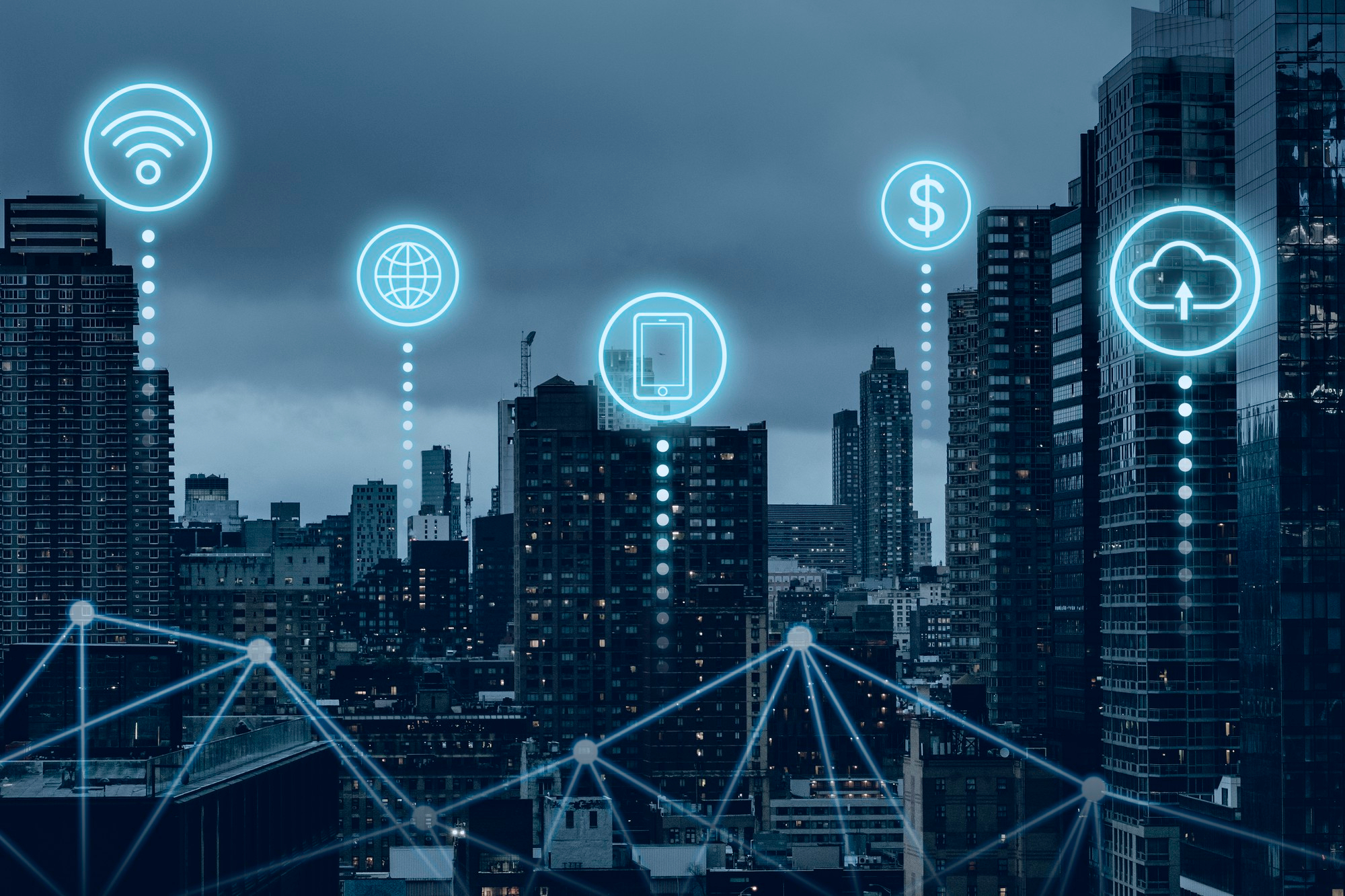Despite the inherent challenges Flutter faces in replicating Apple's "Liquid Glass" UI, developers have devised various workarounds, and the future trajectory for Flutter may offer improved support for sophisticated UI effects. The current state reflects a trade-off between cross-platform consistency and direct native UI integration.
Current Workarounds and Performance Optimization
Current workarounds primarily involve using Flutter's BackdropFilter widget, which can create a basic blur effect to mimic a frosted glass look. However, this approach is static and lacks the dynamic parallax or real-time reflections characteristic of the native Liquid Glass UI. Community packages, such as liquid_glass_renderer, attempt to provide more advanced glass-like effects by leveraging Flutter's Impeller engine and custom shaders, though these are often in early development stages and may have bugs or limited feature sets. For more details on these challenges, refer to the Ni18 blog on Flutter UI challenges.
To mitigate performance bottlenecks, developers are advised to limit the use of BackdropFilter to small UI elements like buttons or dialog boxes, rather than applying it to entire screens, to reduce GPU load. Caching static blurred backgrounds using RepaintBoundary can prevent Flutter from redrawing them in every frame, further optimizing performance. Enabling Flutter’s Impeller rendering engine, which is more performant for shader-based effects, is also crucial, especially on Android where it can be enabled via a meta-data tag in AndroidManifest.xml. Profiling with Flutter DevTools is essential to monitor frame rendering times and identify bottlenecks, aiming for under 16ms per frame for smooth 60 FPS performance.
Design Inconsistency and Accessibility
The implementation of Liquid Glass UI also highlights a design inconsistency and accessibility challenge. The effect creates a divergence between iOS's Liquid Glass and Android's Material 3 Expressive design languages. Flutter's cross-platform approach struggles to reconcile these differences, often necessitating platform-specific code, which complicates the codebase. Furthermore, the transparency inherent in Liquid Glass can impair text readability, particularly for users with visual impairments. Flutter currently cannot directly integrate with iOS accessibility settings like "Reduce Transparency," potentially leading to accessibility violations. Workarounds include ensuring high contrast for text over translucent backgrounds, simplifying platform checks using theme wrappers, and implementing fallbacks for accessibility, though this may require complex Platform Channels to detect iOS accessibility settings. This situation emphasizes that modern UI/UX design must inherently consider accessibility from the outset.
Future Outlook and Community Efforts
Looking at the future outlook and community efforts, there is an ongoing feature request for built-in widgets or native bindings in Flutter that would allow for performant, dynamic blur and glassmorphism UI. You can track this discussion on the Flutter GitHub issue #170590. Developers are encouraged to monitor Flutter's GitHub issues, such as #170310, for updates on potential future official support as the team explores decoupling Material and Cupertino libraries from the core framework. Experimentation with Flutter’s flutter_shaders package for creating custom fragment shaders offers another avenue for glass-like effects, though this requires learning GLSL, which can be complex for beginners. The struggle with Liquid Glass underscores a fundamental trade-off: achieving pixel-perfect consistency across platforms often comes at the cost of easily adopting rapidly evolving, deeply native UI trends. For projects where bleeding-edge native UI fidelity is paramount, Flutter might require significant custom work or compromise on design.



